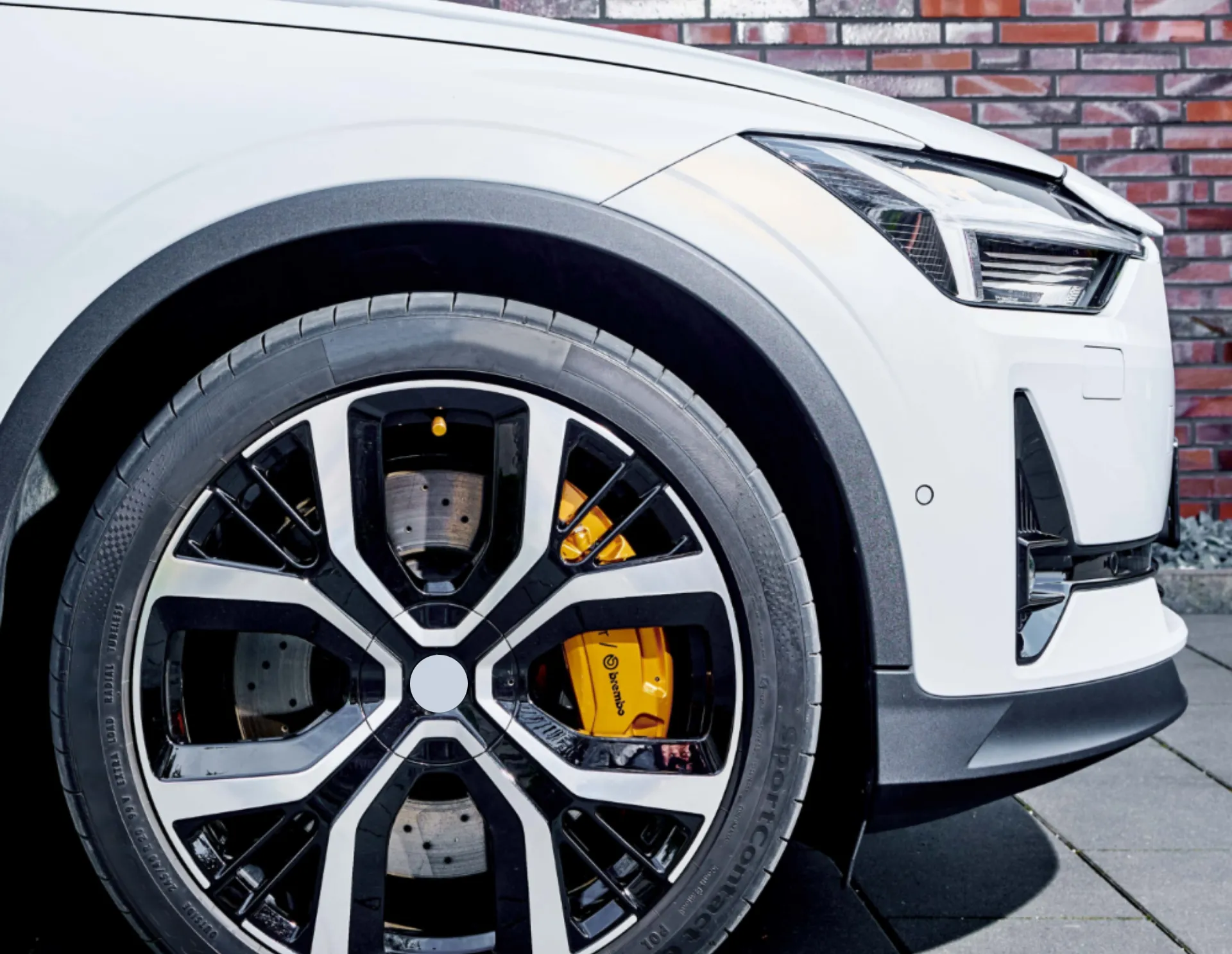 (1).png)
Introduction
The world of vehicles can be a confusing place for many people. Understanding the difference between SUVs, hatchbacks, and crossovers is particularly tricky because of their similarities in size and shape. Although there is some overlap between the categories, each type of car has distinct characteristics that make it unique.
SUVs
SUV stands for “sport utility vehicle.” SUVs are typically large and boxy, with a higher ground clearance than traditional cars. They usually feature four-wheel drive and offer plenty of cargo space. SUVs are ideal for those who need a rugged vehicle that can handle off-road terrain but may not be the best choice if you want to save on fuel costs.
Due to their larger size and extended cargo capacity, SUVs are an ideal option for those that need more space for passengers and luggage. Firstly, it is important to note that SUVs provide a higher level of safety than small cars due to the additional protection provided by their larger body and heavier weight.
 (1).png)
The larger frame of an SUV also offers better visibility and stability, making it easier to navigate around tight corners and navigate tricky roads. Plus, many SUVs come equipped with additional features such as the four-wheel drive for extra traction, helping you tackle off-roading terrain with ease.
Secondly, modern SUVs also offer a variety of other useful features that can make your life easier. For instance, you can find models that feature advanced infotainment systems, allowing drivers to access their favourite music and navigation tools in an instant.
Many SUVs also come with a variety of tech features such as blind-spot monitoring, adaptive cruise control, lane-departure warnings, and even self-parking capabilities.
Hatchbacks
Hatchbacks are typically smaller than SUVs and offer a more sporty look. They usually feature two doors, with the rear cargo area accessed through a liftgate that opens upward. Hatchbacks tend to be more fuel efficient than SUVs, but they also have less cargo space.
Hatchbacks are increasingly becoming one of the most popular body styles for cars, and for good reason. Whether you’re buying a car for yourself or your family, hatchbacks have a lot to offer. They are usually smaller and more fuel-efficient than other body styles, without sacrificing any of the style, comfort or performance that you get with other cars.
 (1).png)
With the ever-increasing fuel prices, hatchbacks can be a great option as they are often more affordable and require less maintenance than other vehicles. Their smaller size also makes them easier to manoeuvre through tight city streets or park in small spaces.
Additionally, hatchbacks tend to have more cargo space than other body styles, making them great for those who need to haul things around but don’t want to sacrifice passenger comfort. Whatever your needs, a hatchback is an excellent choice when it comes to finding the perfect car.
Crossovers
Crossovers are a combination of both SUVs and hatchbacks. They offer the higher ground clearance of an SUV, along with the sporty styling of a hatchback. Crossovers typically feature four doors, allowing for more passenger space than either an SUV or a hatchback. They also tend to be lighter than traditional SUVs, making them more fuel efficient and better for city driving.
One of the main advantages is their versatility, as they bridge the gap between SUVs and sedans. This means they offer many of the same features as SUVs but in a sleeker, more compact package.
.jpg)
They typically offer higher seating positions than sedans, making them easier to enter and exit, as well as offering better visibility when driving. Crossovers are also generally more fuel efficient than traditional SUVs due to their lower weight and aerodynamic design.
Additionally, crossovers are usually equipped with the latest technology and safety features. Many models feature rearview cameras, adaptive cruise control, lane departure warning systems and other advanced driver assistance technologies to help make driving easier and safer for everyone on board.
Conclusion
To sum it up, SUVs are designed to be rugged and off-road capable, hatchbacks offer a sleek look and more fuel efficiency, while crossovers combine the best of both worlds. Knowing the differences between these types of vehicles is essential if you want to make an informed decision when buying a car.







